Venice is definitely one of the most beautiful places in Italy. Unique in its structure and opulent in its art, Venice is one of the country’s most visited cities, a true bucket-list location for many people all over the world. Among its many artistic and cultural landmarks, the Ponte dei Sospiri (the Bridge of Sighs) is one of the most popular among Venice bridges.
Venice bridges – The bridge of Sighs

The name of the bridge and its baroque outlook conjure immediately the idea of sights of love and passion. Pity that, as the majority of you probably know, the “sighs” of the bridge were probably not of that kind. Yes, indeed: the bridge of Sighs has some secrets to disclose, in spite of its popularity.
How many faces has it seen, how many stories must it have heard, and how many confessions and prayers. It’s time for its centenary stones to whisper, to us its many secrets.
A bit of history for the Ponte dei Sospiri
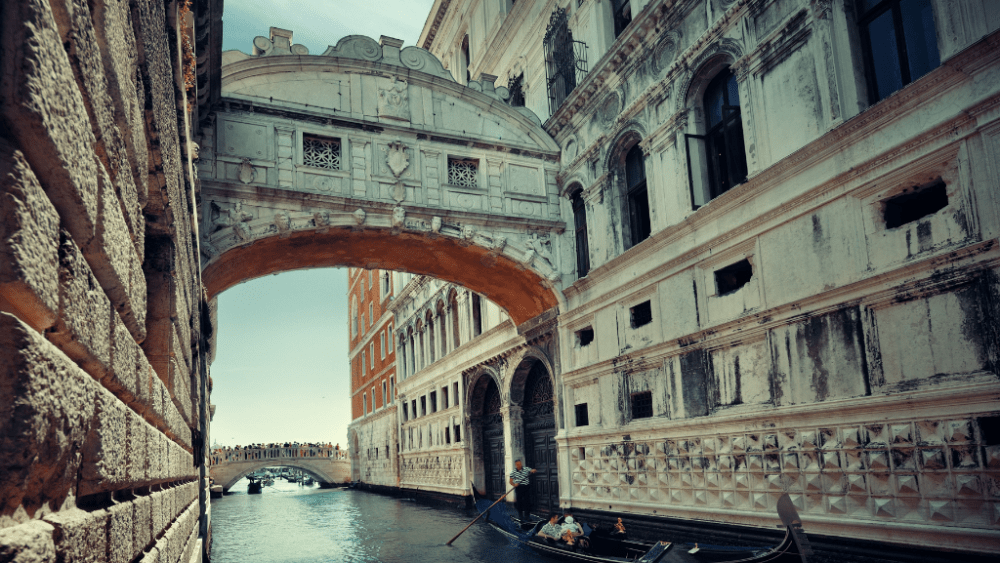
The Ponte dei Sospiri was built in 1602 to connect Palazzo Ducale to the Prigioni Nuove, the new Venetian prisons. It was Marino Grimani, Doge of Venice at the time, who wanted it. The construction of the new prisons, by Antonio da Ponte, took place 20 years earlier, in a building opposite Palazzo Ducale. The location of the old prisons (11th century), was in the Palazzo Ducale. The “Consiglio dei Dieci” (the Council of the Ten, one of the Venetian Republic’s main ruling bodies) used to send prisoners there.
The prisons
The bridge was built using white Istrian stone and is formed by two, well-separated corridors, leading to the prison. The stairs in each of the corridors link the infamous “Piombi” (the Leads), located in the area directly under the roof of Palazzo Ducale, and the “Pozzi” (the Wells) the worst of all the imprisonment areas in Venice. Both the “Piombi” and the “Pozzi” were located within Palazzo Ducale and were part of the prison complex the Prigioni Nuove came to flank at the end of the 16th century.
In spite of its beauty, the Bridge of Sighs had a pretty somber task. It pathed the way for prisoners towards Palazzo Ducale’s trial rooms and brought them back to their cells. What we see as a quaint, romantic piece of architecture, suspended above the Rio di Palazzo, was in fact a very much effective prison structure.
Four Curiosities about the Ponte dei Sospiri
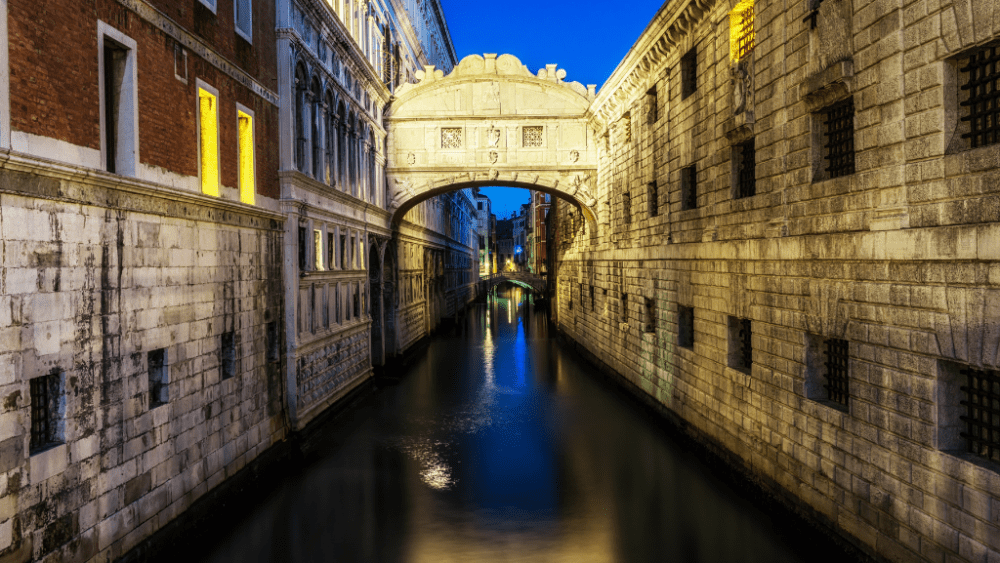
1. Lord Byron christened it
The Ponte dei Sospiri is one of the most romantic locations in Venice, even though a brief excursus of its history, is sufficient to clarify there was nothing romantic about its construction and initial use. Yet, today, you can bet a couple of Bellinis and a hefty serving of carpaccio at Harry’s Bar that every single couple on holiday in the city will either get a gondola ride to get a kiss under it, or make sure to take a selfie standing on the Ponte della Canonica or the Ponte della Paglia.
Its finely decorated windows are set along the corridors prisoners would have walked to reach the Prigioni Nuove. That was the last taste of freedom for a potentially very long time. For this reason, Lord Byron liked to think of these poor souls as sighing heavily in despair while crossing the bridge, aware of the harshness and pain to come. Sighs of pain, not love, gave to the bridge its name.
2. Casanova and his adventurous escape from the Piombi
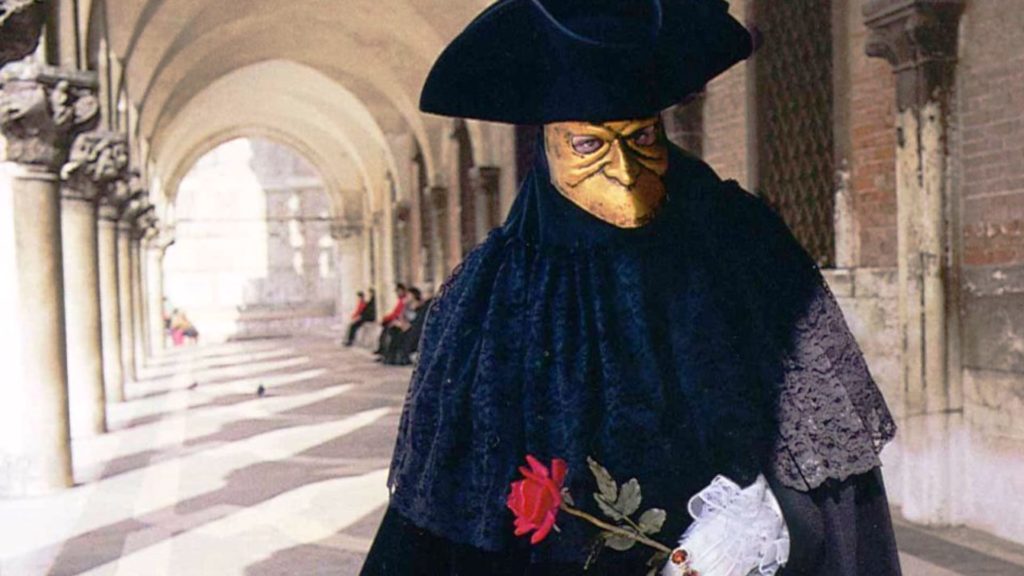
We all know who Giacomo Casanova was: his name is a guarantee of charm and unrivaled sexual escapades, as well as a series of more or less legal activities set on the backdrop of 18th century Venice. In 1755, Casanova was arrested and brought to the Piombi. The city’s government believed that Casanova was a dangerous individual, because of his libertine behavior. It was harmful to the moral and social well-being of the city.
The first escape attempt
It was notoriously difficult to break out of the Piombi, but this didn’t demoralize Casanova one bit. Throughout the first 12 months of his detention, Giacomo had been thinking – and actively working – on his escape. He had managed to obtain a long iron nail and a piece of dark marble, which he used to create a hole in the ceiling of his cell, which was directly under the roof. Casanova had planned to find his freedom, however, a prison warden smelled the rat and caused his plan to fail.
Booking.comThe second escape attempt of Casanova
Known for his intelligence as much as he was for his sexual prowess, Casanova simply ideated another plan to escape. It was successful this time! In spite of being pretty awful, the Piombi were considered high-end prisons, occupied by criminals of lineage and social weight. For common villains there were the Pozzi, located in the basements of Palazzo Ducale, partly developing under the level of the Venice canal. Prisoners were, allowed to buy books and also to exchange them with other prisoners. When Casanova expressed the desire to get books, he was made aware a Father Baldi, held in the cell just above his own, had them.
The conclusion
To make a long story short, the two entertained a correspondence through which they planned their escape. Once out of the prison, Casanova took a gondola. He reached the close by Piazza San Marco and, legend says, he even stopped in a café for coffee before leaving Venice for Bolzano.
3. There are other Ponti dei Sospiri around the world
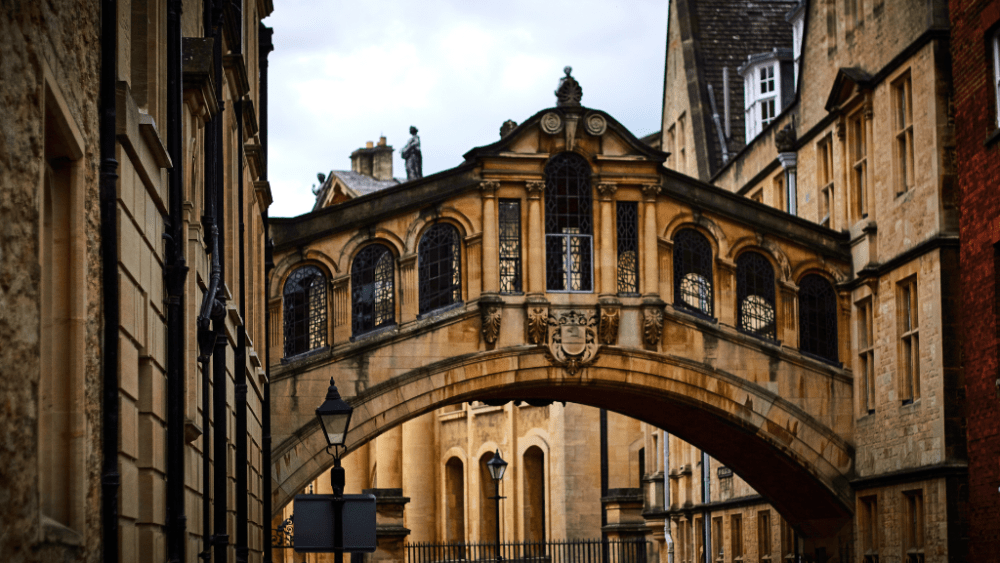
Indeed there are. Such a beautiful structure, in such an iconic location, was bound to raise the interest and envy of architects and people all over the globe. First on our list are certainly the Bridge of Sighs at Oxford University, which belongs to Hertford College, and that at Cambridge University’s Saint John’s College.
Another notorious Ponte dei Sospiri is in Lima’s Barranco District, Perù. The Puente de los Suspiros, which bears no resemblance at all with its Italian counterpart became famous thanks to the composer Chabuca Granda. People consider it one of the most romantic places in the Peruvian capital.
Last but not least is America’s own take on the Venetian architectural classic. Here, a modernized version of the bridge serves to connect two buildings of the Metropolitan Life Insurance Company Tower Complex. As a matter of fact, the tower itself brings an uncanny resemblance with the Basilica di San Marco’s belfry.
4. Sighs of love… because of a movie?
We’ve said how the real “sighs” of the Ponte dei Sospiri had little to do with those of lovers. Yet, for some reason, this prison bridge is known more as a romantic location. This may depend on the popularity of a 1970s movie: “A Little Romance”. The novel by Patrick Cauvin entitled “E=mc2 Mon Amour” inspired the movie. The film won the Oscar for best OST and features a kiss while on a gondola, under the Ponte dei Sospiri.
Truth is the legendary story of the Ponte dei Sospiri, its cinematic ties with love and lovers will likely remain more popular among tourists than its much more somber history. Whichever way you decide to look at it, this bridge remains a symbol of Venice and a monument to its millenary history.


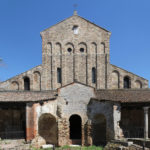

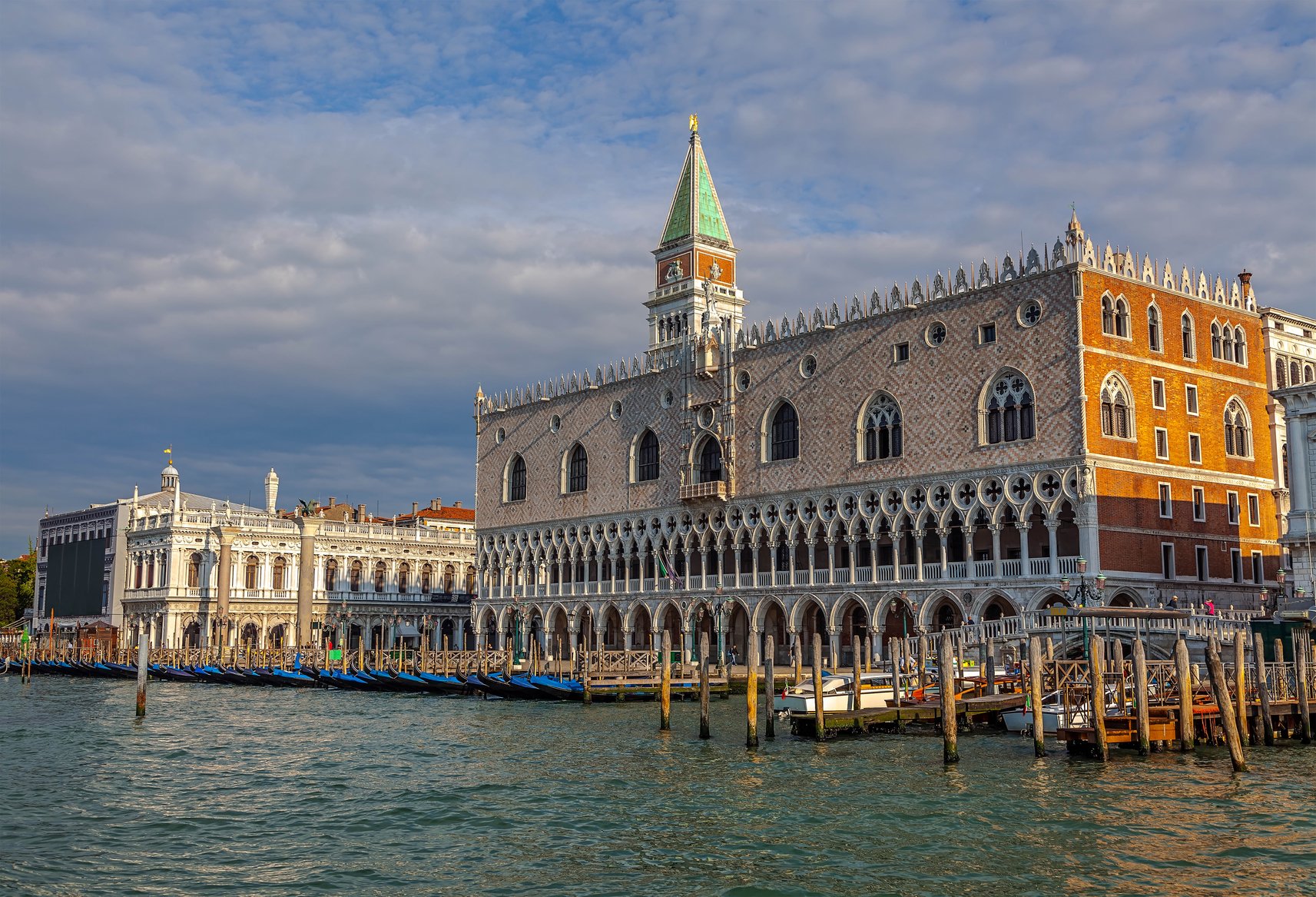








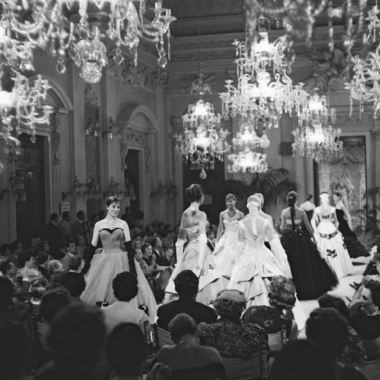

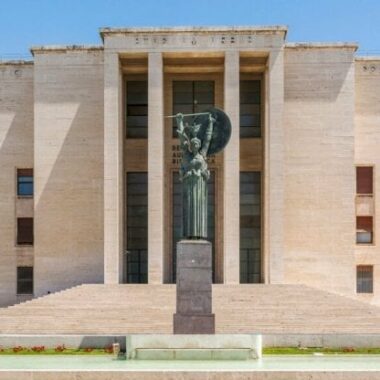
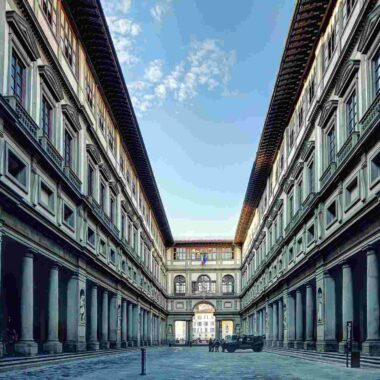

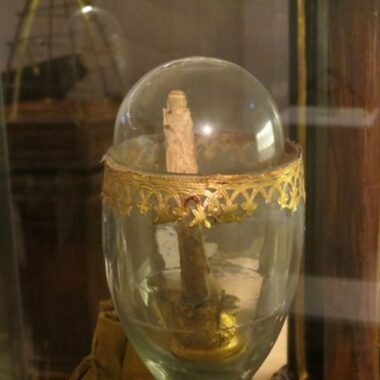









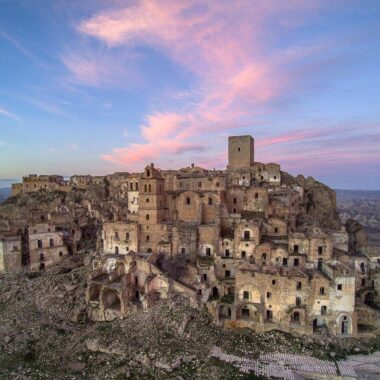









It’s impressive all the story hidden behind each places, this bridge is very interesting
It’s so funny the story of Casanova 😂
Nice article! Too bad there are so many ads in the way!